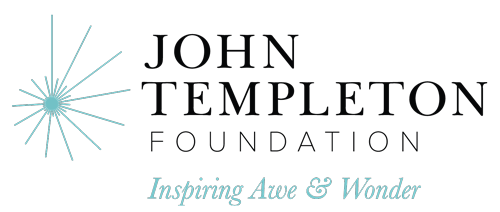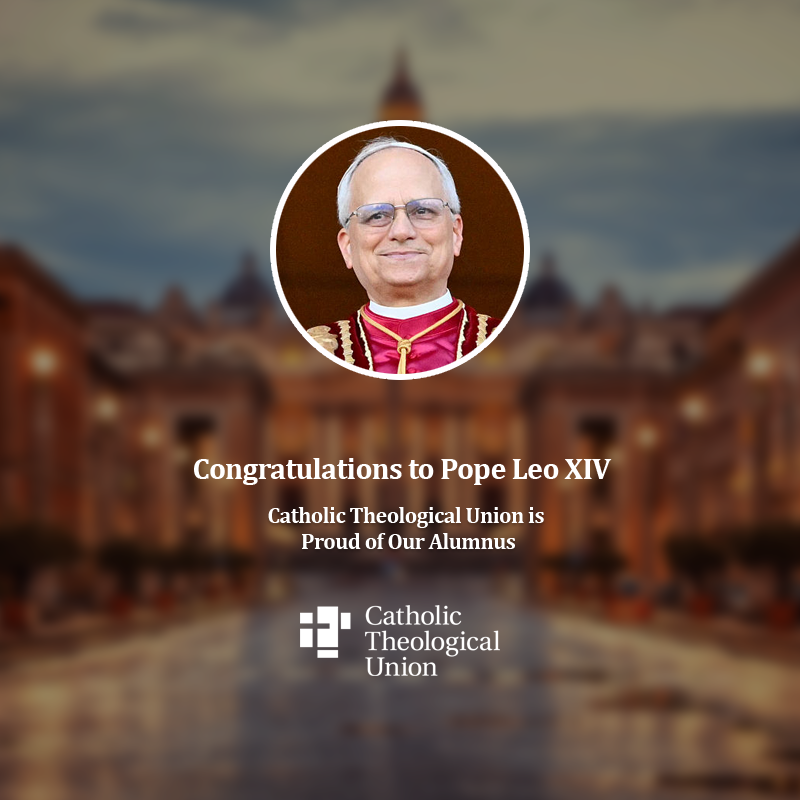Possible Preaching Themes
Possible Scientific Resources
- Fear is an emotion that emerges when something is perceived to be dangerous. Isaiah presents strength as an antidote to fear by reminding the community that God has the power to transform present situations into something new. Believers need not fear because the Lord has the power to heal, change, and make new.
- Those who profess faith in Jesus Christ are called to be one. It is sometimes easier to become hyper focused on what appears to separate us from one another that we Christians lose sight of God’s invitation to communion with one another. All those who love Jesus are heirs of the kingdom.
- Jesus has the power to heal. Through words and physical touch, Jesus lovingly heals a deaf man and demonstrates to the crowds that what is believed to be impossible is, with God, possible.
- Fear can serve as a protection in the face of perceived danger or threat.
- “Fear may be as simple as a cringe of an antenna in a snail that is touched, or as complex as existential anxiety in a human.”
- Alison Brooks provides a scholarly article that looks at the connection between anxiety and excitement.
- Fear is a complex response that involves chemical, emotional, and physical responses to a given situation or stimuli. This 15 minute video explores the neuroscience of fear.
- Human beings are designed to live interconnected with others.
- This short article with many links explores the relationship between having strong social connections and being healthy.
- This 20 minute video by psychologist Henry Cloud reveals the importance of relationships contribute to success.
- Here is a summary of the theory anthropologist Robin Dunbar that the number of people we can maintain meaningful relationships with is limited by the size of our brains. It appears the ideal human community is around 150 people.”
- The human body has the capacity for self-healing.
- This scholarly articles examines the human body’s capacity for self-healing.
- A simple article from Kahn university on the nature of homeostasis and the struggle to maintain a stable internal environment.
- Psychologist Diana Raab provides insight on acquiring the skill for self-healing.
Homily Outline: Mary as the First Herald of Christ
- Human suffering seeks a response: our personal experiences.
- One of the earliest memories of human suffering I have was watching my grandma suffer with bone cancer.
- I recall the physical pain she endured, the emotional toll it took on her, and her faith that filled her with hope and peace.
- I remember wrestling with trying to come to answer to the question of “why?”
- Why was this happening to her? Why couldn’t the doctors do something to alleviate the pain? Why would God allow someone I loved so deeply suffer so much?
- As I look back upon the experience of witnessing my grandma fight cancer, I realize now I was trying to figure out how to respond to my grandma’s suffering.
- Likely, every human person knows someone who has faced a moment of physical, emotional, psychological or spiritual suffering that has prompted something within them to try and respond.
- We, too, have likely experienced our own sufferings.
- We can play a part in our own healing.
- The human body is an amazingly complex organism that has the capacity for self-healing
- Medicine and medical care has evolved over the centuries: “Over the past decades, clinical and evidence-based medicine have brought disease examination to molecular and biochemical levels.”
- A study among experts and older adults in Taiwan offer four mechanisms that aid in self-healing:
- Physiology: sleep, eating habits, chronic illness control
- Psychology: positive thinking, mindfulness, optimism
- Spiritual: pursuit of the divine
- Interpersonal relations: friendships, intimate relationships.
- If “illness is a state of unbalance,” then healing can be understood as a pursuit of balance in one’s life.
- Choices we make (like eating healthy, physical exercise, etc.) play a role in self-healing.
- Healing at the heart of Jesus’ ministry.
- Jesus heals a deaf man (Mark 7:31-37).
- Through physical touch and prayer, the man healed by Jesus can hear and speak clearly.
- There are many examples of Jesus healing throughout his ministry
- Matt 8:14-15
- Mark 1:4-45
- Luke 5:17-26.
- Jesus brought restoration, wholeness, and peace to individuals and communities.
- Jesus exercised his healing ministry through presence, touch, and prayer.
- As disciples of Jesus, we too are entrusted with this ministry.
- Suffering and healing remains a mystery.
- We live in a world that is deeply wounded:
- Violence and war
- Injustices and discrimination
- Neglect and destruction of creation.
- Jesus emboldens us for the mission of healing—the mission of bringing wholeness.
- While all may not be given the supernatural ability to heal just like Jesus did, all have the capacity to journey with others in suffering.
- Answers to the “why?” questions of life may not easily emerge; but, through prayer, presence, and practicing empathy we may be able to share God’s peace in life’s difficult moments.
- Self-healing for Christians is a journey of love (Matt 22:37-39)
- Love of God: the faith that God is the source of healing
- Love of self: making choices that promote our well being
- Love of neighbor: a prayerful ministry of presence with others in suffering.
- Like Jesus, we are called to confront human suffering by being aware of the imbalances in life and sharing God’s love.
- We live in a world that is deeply wounded:
Related Homily Outlines
Couldn’t find what you’re looking for?
Try searching with another filter

Preaching with Sciences

Edward Foley, Capuchin
Duns Scotus Professor Emeritus of Spirituality
Professor of Liturgy and Music (retired)
Catholic Theological Union
Vice-Postulator, Cause of Blessed Solanus











